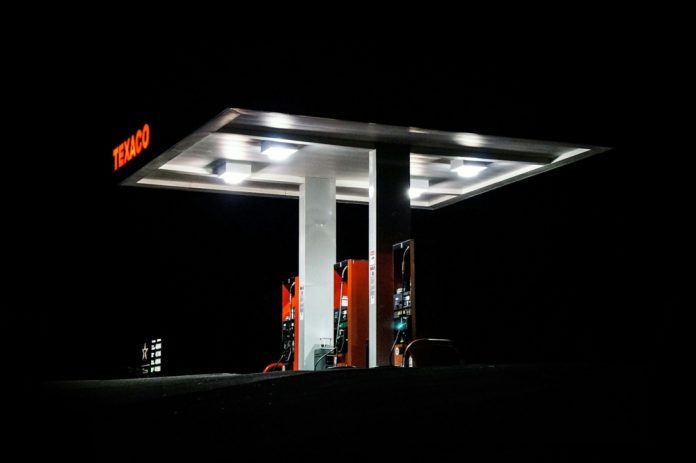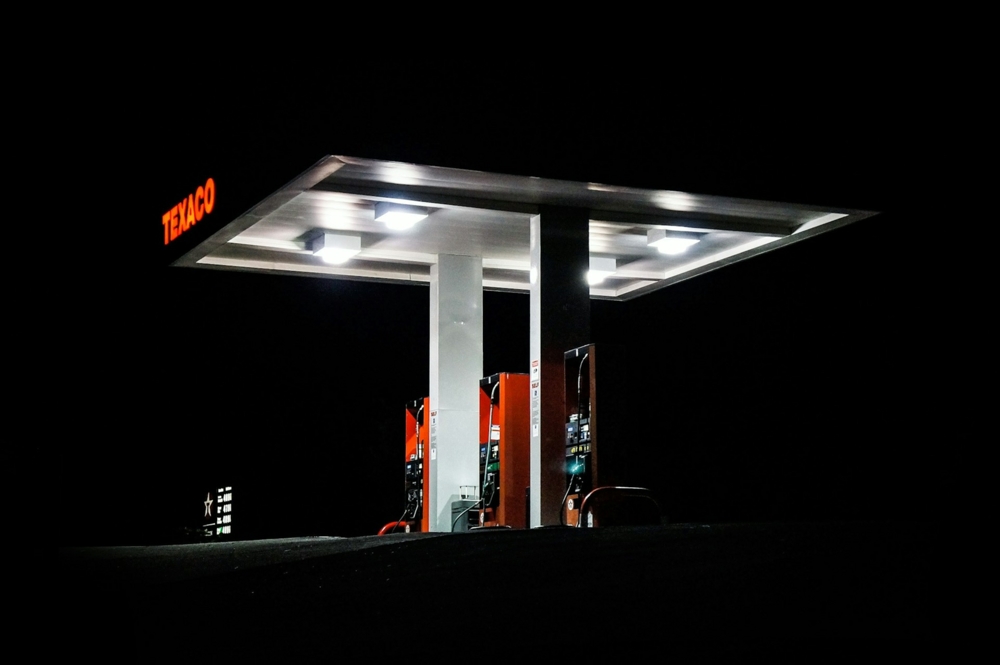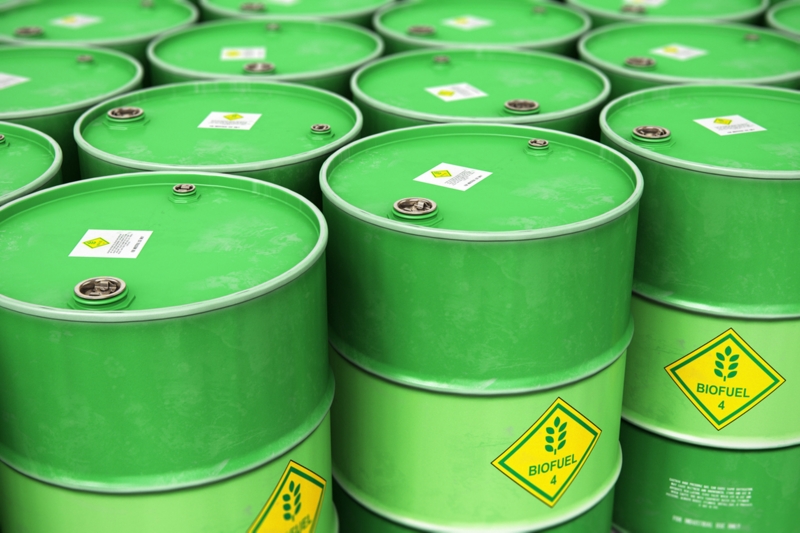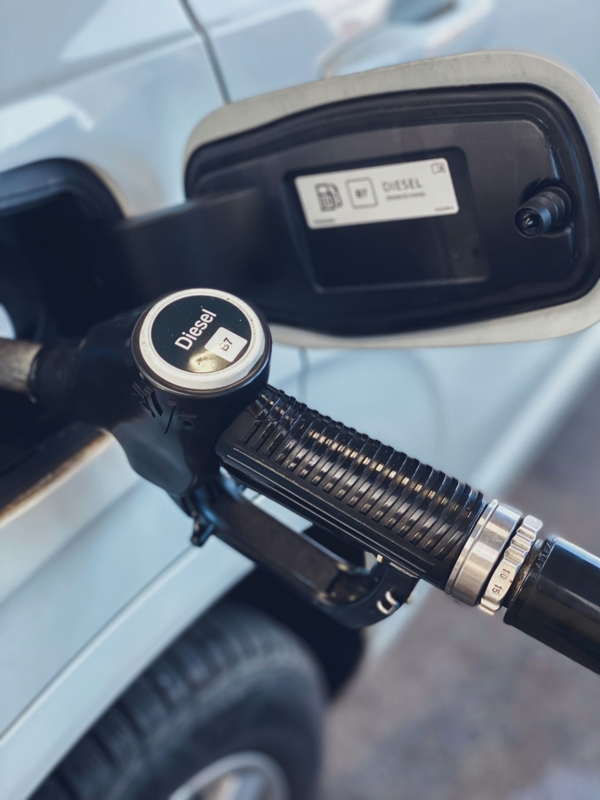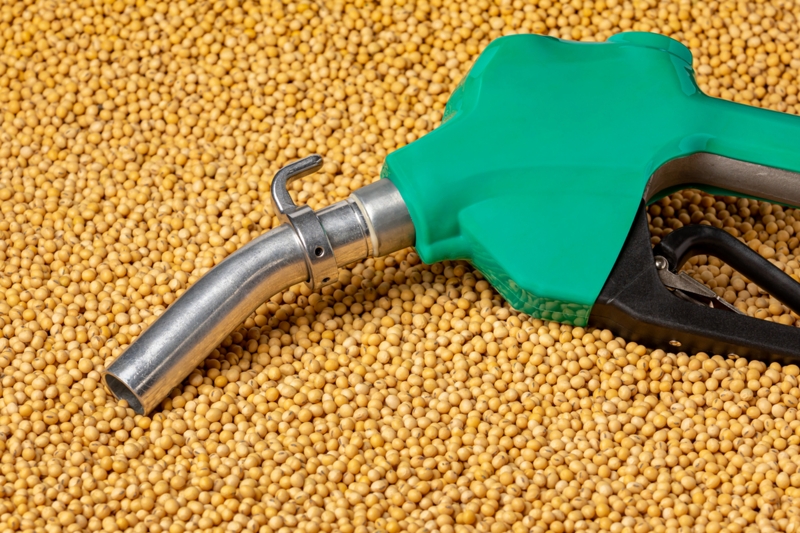Photo by Maarten van den Heuvel on Unsplash (license)
Overlanding has been oxymoronic. Going on an adventure in a diesel-powered truck can spoil the beauty of nature, whose secrets you want to discover.
Fossil fuels like diesel are one reason the planet is getting too warm for comfort and causing climate change. Thankfully, eco-friendly overlanders can choose cleaner options to visit remote locations with less guilt. Renewable diesel is one of them.
What is renewable diesel? What makes it different from biodiesel? How reliable is it compared to its petroleum counterpart? Get these questions answered to determine whether this fuel can move the needle in sustainability.
Table of Contents
- What Makes Renewable Diesel Renewable?/a>
- Can You Mix Renewable Diesel With Regular Diesel?/a>
- Renewable Diesel vs. Biodiesel/a>
- What Are the Disadvantages of Renewable Diesel?/a>
- Which Is Better — Biodiesel or Renewable Diesel?/a>
- Is Renewable Diesel Reliable?/a>
What Makes Renewable Diesel Renewable?
Photo by scanrail via iStock
Renewable or green diesel is eco-friendly because manufacturing it involves organic waste. It uses various feedstocks — the most common are used cooking oil and inedible leftover animal fats from meat processing plants.
Traditional commercial renewable diesel production relies on hydrotreating. This process involves reacting the waste materials with hydrogen under high pressures and temperatures while a catalyst is present. Alternatives to this method include biological sugar upgrading, catalytic conversion of sugars, pyrolysis, hydrothermal processing and gasification.
Renewable diesel is more eco-friendly than conventional diesel. The most apparent reason is that it comes from plants and animals and not from crude oil, which is finite and ecologically damaging when extracted underground.
Compared with fossil-based diesel, the renewable kind is much cleaner. It reduces carbon intensity by 65% since it emits fewer tailpipe greenhouse gasses when burned.
Can You Mix Renewable Diesel With Regular Diesel?
Photo by Jennifer Latuperisa-Andresen on Unsplash (license)
Renewable diesel is chemically identical to regular diesel, making it a drop-in replacement to the conventional fuel on which overland trucks run. This sustainable fuel meets ASTM D975 diesel fuel specifications. You can fill your truck’s tank with it or blend it with any amount of fossil-based diesel without worry.
Interchangeability is one of renewable diesel’s most significant selling points. Using it requires no engine upgrades, so you couldn’t transition to a more sustainable fuel more smoothly.
Renewable diesel undergoes a purification process before going through refinement. This method ensures it has zero contaminants that can compromise diesel engines’ safety, efficiency and longevity.
Renewable Diesel vs. Biodiesel
Renewable diesel and biodiesel use the same feedstocks, except the latter is a product of esterification. This process breaks down the organic materials and adds methanol into the mix. The output is chemically distinct from petroleum diesel and must conform to a different set of fuel specifications — ASTM D6751.
Biodiesel may contain impurities because it doesn’t go through purification. You can’t store it with fossil fuels. Unlike renewable diesel with a low freezing point, biodiesel may turn waxy in colder regions.
What Are the Disadvantages of Renewable Diesel?
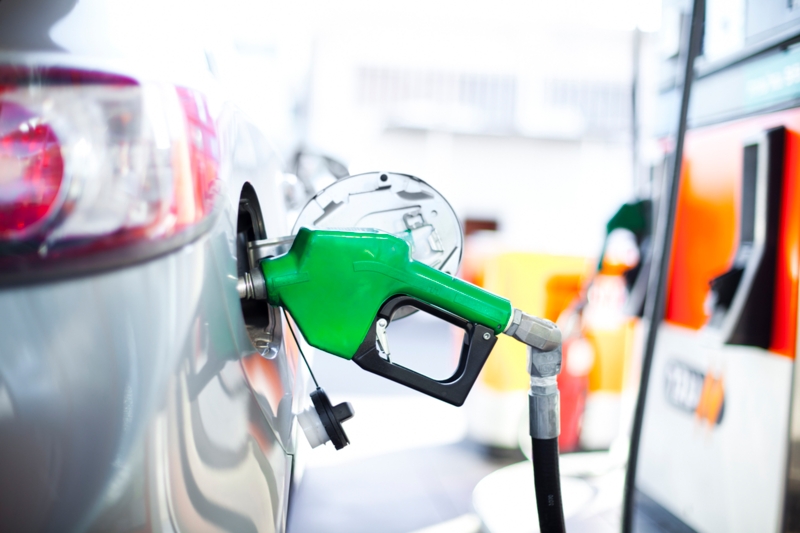
The downsides of renewable diesel are limited availability, high prices, tailpipe emissions and ethically questionable materials. Do these drawbacks render this sustainable, pure diesel alternative unreliable?
Availability
As of March 2024, more than 600 fueling stations in the United States offered renewable diesel. Most of them were on the West Coast. The easternmost place to buy this fuel at the pump was in Jackson, Wyoming.
About 98% of renewable diesel stations were in California, which wasn’t an accident. The Golden State’s Low Carbon Fuel Standard program has incentivized this alternative fuel’s adoption. Fuel producers and importers in the state can earn credits by recording a lower figure than the specified carbon intensity benchmark by the end of the reporting year. They can sell these credits to the regulated parties with deficits.
Aside from California and Wyoming, only Oregon and Idaho host renewable diesel fueling stations. Will the fuel’s limited infrastructure give you headaches on the road with your diesel overland vehicle? No, it won’t.
Renewable diesel is swappable with petroleum diesel, which is accessible nationwide. Your truck won’t run out of juice if a diesel fueling station is near you. It would be nice if this renewable fuel is as ubiquitous as its fossil-based counterpart, but its unavailability in 46 other states shouldn’t ruin your escapade.
Besides, more states want to follow California’s lead. Washington has enacted its own clean fuel standard to drive down the carbon intensity of transportation fuels by 20% below 2017 levels before 2038 ends.
Price
Photo by MCCAIG via iStock
Renewable diesel doesn’t come cheap. If you’re looking for a fuel alternative to reducing your expenses since driving a diesel overland truck can be costly, biodiesel can help you save more.
The imbalance between supply and demand is partly responsible for high renewable diesel prices at the pumps. Being a high-quality fuel is another.
The gap between supply and demand may narrow as the U.S. is on pace to increase its domestic renewable diesel production. If all energy projects under construction finish on schedule, the country’s capacity will jump by 1.8 billion gallons yearly by the end of 2024.
Pollution
This renewable fuel is cleaner than fossil-based diesel but slightly dirtier than biodiesel. Only electric 4WDs can eliminate tailpipe emissions completely.
Still, powering your overland truck with renewable diesel is a win for the environment. It allows you to release less carbon monoxide and nitrogen oxide into the atmosphere when exploring new areas.
Unethical Sourcing
Using palm oil for renewable diesel production is a favorite talking point of naysayers. They argue that this alternative fuel isn’t as green as it was made out to be because feedstock has contributed to about 50% of deforestation in Malaysian Borneo and 3% in West Africa. It translates to widespread destruction of natural habitats.
As controversial as this palm oil may be as a feedstock, its negative reputation may not adversely affect renewable diesel supply. Producers can choose from various organic materials to manufacture this biofuel.
Which Is Better — Biodiesel or Renewable Diesel?
Photo by JJ Gouin via iStock
Biodiesel does a better job at reducing tailpipe emissions than renewable diesel. However, going with an alternative fuel that’s chemically equivalent to petroleum diesel is a better option to go overlanding more sustainably.
Biodiesel may be compatible with the latest diesel-powered overland trucks, but higher-level blends can only be suitable for older models with modified engines. On the other hand, renewable diesel gives you the luxury of making the switch more seamlessly and immediately reducing your carbon footprint.
Is Renewable Diesel Reliable?
Renewable diesel is as imperfect as other fuels, including eco-friendly ones. However, its imperfections don’t make it unreliable. Performance-wise, the literal green iteration of petroleum diesel won’t let you down, so pump it whenever you can.
Author Bio
Jack Shaw is an accomplished automotive writer with a flair for adventure and a passion for all things off-road. Having written for notable sites such as Modded, Ford Muscle, Offroad Xtreme, and more, his articles are a testament to his knowledge and love for the automotive industry.
Disclaimer: Heads up: Clicking on our affiliate links and exploring our sponsored content helps us at no extra cost to you, and we only recommend gear we’re absolutely crazy about!



